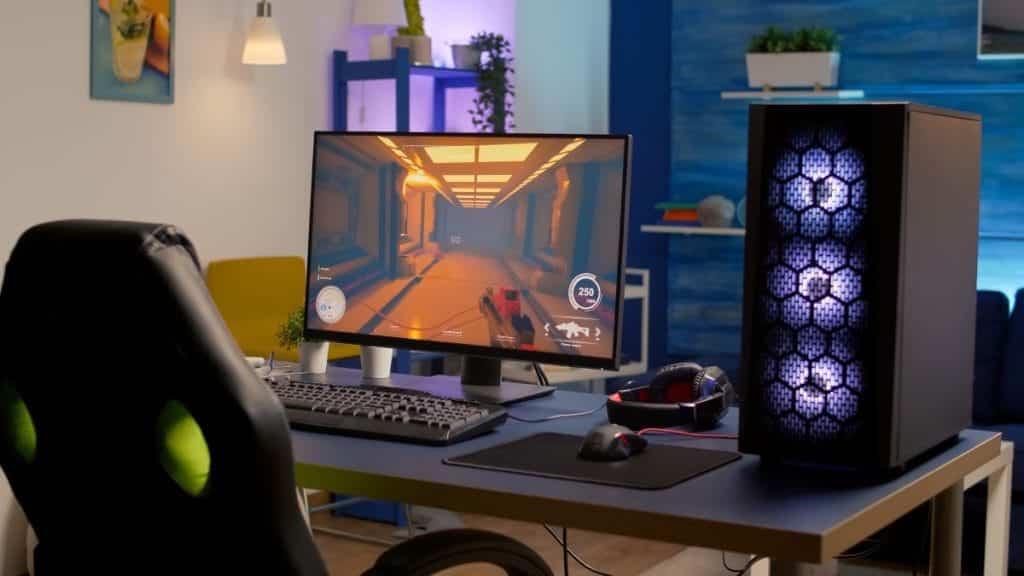The pace of technological advancement shows no signs of slowing down. Every year, groundbreaking innovations and shifts in priorities redefine industries, spur conversations, and pave the way for a digitally driven world. By 2025, the global tech landscape will undergo significant transformations influenced by emerging trends. Understanding these trends is crucial for tech enthusiasts, futurists, and business leaders alike, as they prepare to adapt, innovate, and stay ahead in a competitive environment.
This article explores the 10 most impactful technology trends we anticipate seeing by 2025. From artificial intelligence advancements to green technology innovations and cybersecurity challenges, each trend is shaping the future as we know it.
Trend 1: The Rise of AI and Machine Learning
Artificial intelligence (AI) and machine learning (ML) are rapidly transforming industries by enabling machines to analyze data, make predictions, and automate complex processes. By 2025, AI integration in day-to-day business operations will become more sophisticated, unlocking new use cases.
Impact on Industries and Daily Life
- Healthcare will leverage AI to enhance diagnostic capabilities and predict patient outcomes.
- Finance will use AI to detect fraud faster and improve personalized financial advising.
- Retail will rely heavily on AI for inventory management, personalization, and enhancing the customer shopping experience.
Future Applications
Expect to see AI advancements in autonomous vehicles, natural language processing tools for customer service, and advanced robotics for manufacturing.
Trend 2: Quantum Computing Breakthroughs
Quantum computing will step into the spotlight by 2025, with its capabilities promising to revolutionize how we solve complex global challenges. Unlike traditional computing, which uses bits as 0s and 1s, quantum computing employs qubits capable of existing in multiple states simultaneously.
Potential for Solving Complex Problems
- Accelerating pharmaceutical research, particularly in simulation-based drug discovery.
- Enhancing cryptographic methods to fortify cybersecurity.
- Optimizing logistics networks, drastically reducing inefficiencies in supply chain systems.
Companies like IBM, Google, and D-Wave are spearheading progress in developing more stable and practical quantum hardware.
Trend 3: Green Technology and Sustainable Innovations
Environmental concerns are driving a monumental shift toward green technology. By 2025, eco-friendly innovations will underpin strategies in transportation, energy production, and waste management, ensuring sustainability remains a core focus of technological advancement.
Significant Developments
- Renewable Energy Storage technologies, such as advanced lithium-ion and solid-state batteries.
- The rise of green hydrogen for powering industrial processes.
- Sustainable consumer tech, including biodegradable electronics and energy-efficient wearables.
Companies like Tesla and Siemens are leading the way in scaling green technology to wider markets.
Trend 4: 5G and Its Transformative Power
By 2025, 5G is predicted to become the backbone of a hyper-connected world. Its faster speeds, lower latency, and higher device capacity promise to revolutionize communication and connectivity.
Implications for Businesses and Consumers
- Enabling internet of things (IoT) devices to operate more seamlessly.
- Revolutionizing remote work through enhanced video conferencing and real-time collaboration tools.
- Accelerating augmented reality (AR) and virtual reality (VR) adoption in gaming and education.
Organizations across industries should prepare to invest in reshaping their digital infrastructure to harness the power of 5G effectively.
Trend 5: The Internet of Things (IoT) in Everyday Life
IoT, the interconnection of devices via the internet, will become more prevalent by 2025. Its application extends beyond smart homes into industries like healthcare, transportation, and agriculture.
Integration of IoT Across Sectors
- Smart Cities: IoT sensors will monitor traffic, reduce energy waste, and bolster safety through real-time data.
- Healthcare: Devices capable of remote monitoring and diagnostics will foster more proactive healthcare solutions.
Despite its leverage, IoT raises privacy and security concerns, making robust and scalable cybersecurity strategies a necessity.
Trend 6: Remote Work and Virtual Collaboration
The global shift to remote work triggered by the pandemic has permanently altered workplace dynamics. By 2025, businesses will refine virtual collaboration tools and adopt flexible work arrangements.
Long-Term Impact on Work Culture
- Increased focus on productivity software leveraging real-time updates and integrations (e.g., Slack, Microsoft Teams).
- Growth in global talent hiring with fewer geographic boundaries to restrict companies.
Advancements in holographic virtual meetings could further change how remote communication happens.
Trend 7: Digital Health and Telemedicine
Accessibility and efficiency in healthcare will skyrocket thanks to digital technologies. Telemedicine and app-based solutions are bridging the patient-practitioner gap.
Innovations in Medical Technology
- AI-powered tools capable of detecting diseases through imaging advancements.
- Wearables integrated with telemedicine solutions for real-time health tracking.
Technology will play a pivotal role in reducing healthcare inequities and expanding access to remote regions.
Trend 8: Blockchain Beyond Cryptocurrency
Blockchain technology is no longer confined to the world of cryptocurrencies. Its decentralized ledger system is being used for applications in supply chain management, identity verification, and financial services.
Applications in New Arenas
- Supply Chains: Ensuring product provenance and combating counterfeit goods.
- Identity Verification: Securely safeguarding personal information for online interactions.
- Enhancing transparency and trust in contractual agreements via smart contracts.
With corporations adopting blockchain for its versatility, its significance is set to grow beyond currency speculation.
Trend 9: Augmented Reality (AR) and Virtual Reality (VR) in Mainstream Use
AR and VR will become integral to entertainment, education, and business by 2025, enhancing how people experience and interact with the digital world.
Applications in Key Sectors
- Education: Immersive virtual classrooms that offer practical learning experiences.
- Retail: Virtual try-ons for apparel, cosmetics, and even furniture.
However, challenges like high production costs and the need for specialized hardware remain hurdles.
Trend 10: Cybersecurity in an Evolving Threat Landscape
The increase in interconnected devices comes with an escalation in cybersecurity risks. By 2025, proactive measures will include AI-based threat detection, advanced encryption, and zero-trust architectures to safeguard digital ecosystems.
Staying Ahead of Threats
Enterprises will need to invest in tools to combat phishing, ransomware, and insider threats. Enhanced biometric authentication will also provide an additional layer of protection.
Looking Toward 2025 and Beyond
These 10 global technology trends are poised to have an enormous impact on how we live, work, and innovate by 2025. Together, they embody an era where technological evolution meets pressing societal needs, with potential that extends beyond efficiency and innovation.
The future remains unwritten but full of opportunities for those willing to adapt, learn, and push boundaries. Stay on top of these trends, and your organization will be well-positioned to thrive in the years ahead.


